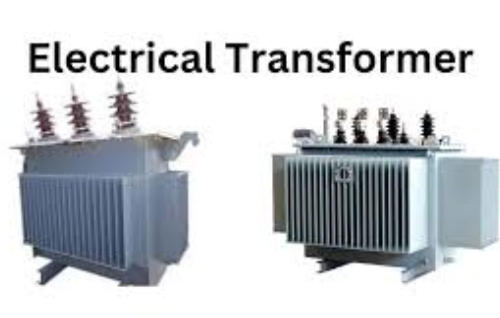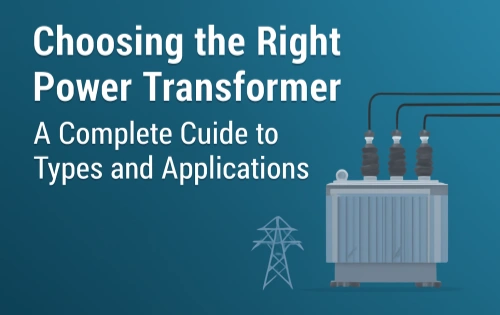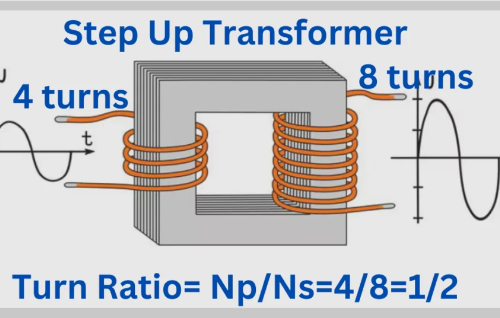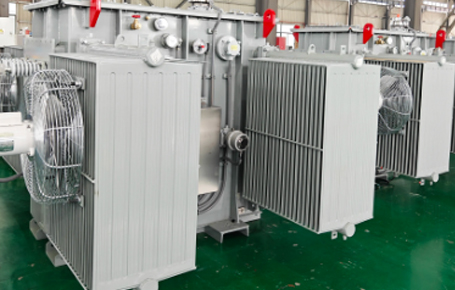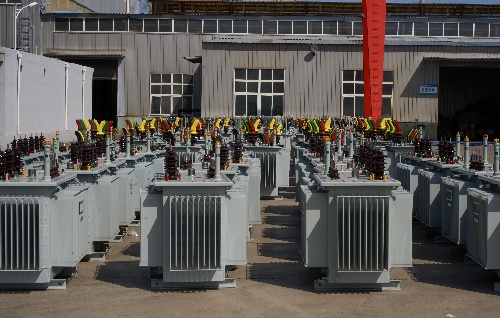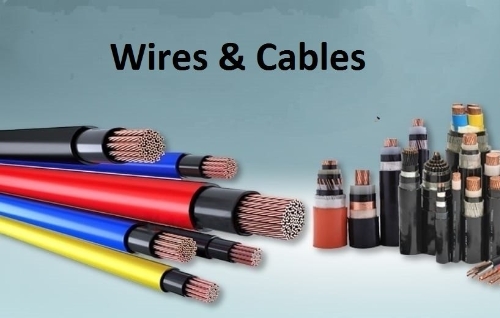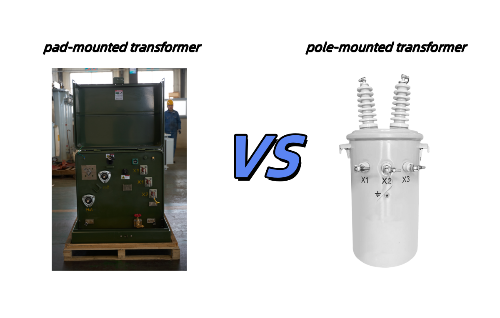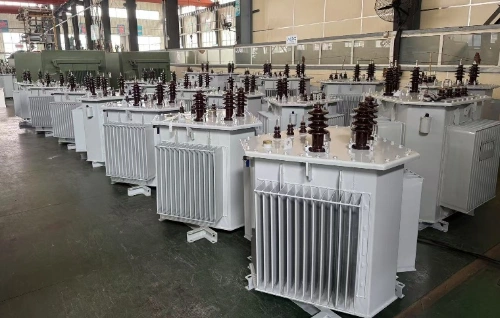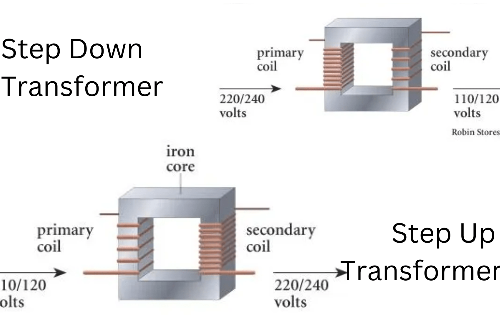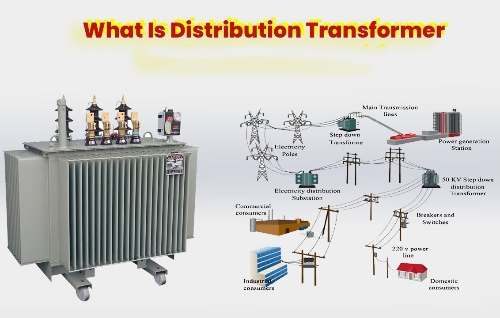What is a Power Distribution System? The Unsung Hero of Modern Life
Have you ever wondered how the electric power generated hundreds of miles away magically appears at your wall outlets? The answer lies in a sophisticated and intricate network known as the power distribution system. Often overlooked in favor of the more visually striking transmission line towers, the distribution systems are the final, crucial link that delivers electricity directly to our homes, businesses, and industries. Understanding these systems is key to appreciating the marvel of modern electrification.
The Journey of Electric Power: From Generation to Your Home
Before diving into power distribution systems, it’s essential to grasp the broader context of how electric power travels.
- Generation: Electricity is produced at power plants (hydro, thermal, nuclear, wind, solar) at relatively low voltages.
- Transmission: For efficient long-distance transport, the generated voltage is significantly stepped up by transformers to extremely high voltage levels (e.g., hundreds of thousands of volts). This higher voltage minimizes energy loss during long journeys across the country via the transmission system, which consists of massive transmission line towers and substations. This transmission system acts as the inter-city highway for electricity.
- Distribution: Once the electric power reaches the vicinity of its destination, it enters the power distribution phase. This is where the magic of local delivery happens, transforming the bulk power into usable electric power for everyday consumption.
Dissecting the Power Distribution System: Key Components
A typical power distribution system consists of several interconnected stages and critical components, each playing a vital role in ensuring safe and reliable delivery.
1. Distribution Substation: The Gateway
The journey into the local distribution systems begins at the distribution substation. These smaller, localized substations act as the critical interface between the sprawling transmission system and the community’s local grid.
- Function: The primary role of a distribution substation is to step down the high voltage or higher voltage electricity received from the transmission line to more manageable distribution voltages. These distribution voltages are still high, but significantly lower than those used for long-haul transmission (e.g., from 115 kV or 69 kV down to 13.8 kV or 34.5 kV).
- Protection: Within the distribution substation, various protective devices, including circuit breakers, are installed. These circuit breakers automatically detect and interrupt fault currents (like short circuits), protecting the distribution systems from damage and preventing widespread outages.
2. Primary Distribution: The Local Arteries
From the distribution substation, electricity flows into what is known as primary distribution. This stage uses overhead power lines (often seen on utility poles) or underground cables to carry the stepped-down distribution voltages throughout neighborhoods, commercial areas, and industrial parks.
- Voltage Levels: Primary distribution lines operate at voltages such as 13.8 kV, 25 kV, or 34.5 kV. These voltages are suitable for transporting power across shorter distances within a localized area.
- Feeder Lines: These lines branch out from the distribution substation, serving different areas. They are designed to be robust and are protected by circuit breakers and reclosers to isolate faults and minimize the impact of outages.
3. Distribution Transformer: The Neighborhood Power Reducer
Arguably, the most visible component of power distribution, the distribution transformer, is the final stepping stone before electricity enters your property. You’ll commonly see these cylindrical or box-shaped devices mounted on utility poles or on concrete pads in residential areas.
- Function: The distribution transformer takes the primary distribution voltage (e.g., 13.8 kV) and steps it down to the much lower, usable voltage required by homes and businesses. This is a critical step, as the primary distribution voltage is far too dangerous and high for direct consumption.
- Output: For residential and light commercial use, the distribution transformer typically outputs 120/240 volts in a single-phase configuration (for most homes) or three-phase for larger commercial/industrial loads.
4. Secondary Distribution: The Home Stretch
After the distribution transformer, the electricity enters the secondary distribution stage. This involves shorter wires running from the transformer to individual customer service points.
- Voltage Levels: Secondary distribution operates at the familiar 120/240 volts (or 208/120 volts for commercial three-phase systems). This is the voltage that directly powers your appliances, lights, and electronics.
- Configurations: While most homes utilize a single-phase 120/240-volt connection, larger multi-family dwellings or commercial establishments may receive three-phase power for higher load capacity.
5. Service Drop: The Final Connection
The very last segment of the power distribution system is the service drop. This is the insulated wire that runs directly from the utility pole (or an underground connection point) to the customer’s electric meter, usually located on the side of a building.
- Purpose: The service drop delivers the low-voltage electric power from the secondary distribution network directly to the consumer’s premises. Beyond the meter, the responsibility for the wiring and safety lies with the property owner.
How the System Consists and Works Together
In summary, the power distribution system consists of a meticulously engineered sequence:
- Higher voltage electric power arrives from the transmission system at a distribution substation.
- The distribution substation steps down this high voltage to distribution voltages, utilizing circuit breakers for protection.
Primary distribution lines carry these distribution voltages throughout the service area.- Distribution transformers then reduce the primary distribution voltage to secondary distribution voltages (typically 120/240 volts for residential, often single phase).
- Finally, the service drop delivers the electric power from the secondary distribution network to the customer’s meter.
This multi-stage reduction and distribution process ensures that electricity is safely and efficiently delivered to every point of consumption, from the smallest home appliance to the largest industrial machinery.

The Importance and Evolution of Distribution Systems
Power distribution systems are the backbone of modern society. Without them, the vast network of power generation and transmission would be useless. They are continuously evolving, driven by the need for greater reliability, efficiency, and the integration of new technologies:
- Smart Grids: Modern distribution systems are increasingly incorporating smart grid technologies, enabling real-time monitoring, automated fault detection, and faster restoration of service.
- Renewable Energy Integration: The growing adoption of distributed renewable energy sources (like rooftop solar) requires distribution systems to manage bidirectional power flow, adding complexity but also resilience.
- Demand Response: Future distribution systems will play a greater role in managing demand, allowing consumers to participate in optimizing energy consumption.
In conclusion, while the transmission system may be the muscle of the power grid, the power distribution system is its nervous system, intelligently and safely delivering the lifeblood of our technologically advanced world. Understanding how this intricate system consists of its various components, from the distribution substation to the final service drop, highlights the remarkable engineering behind every flick of a light switch.

